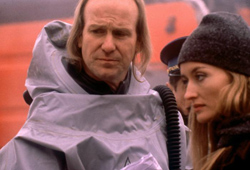
 Try as he might, actor-turned-director John Stockwell (John Carpenter’s Christine) can’t get away from the ocean blue — Blue Crush, Into the Blue, Dark Tide, Turistas — but perhaps he should try harder, especially after that last one. If offering the continuous sight of Olivia Wilde in a bikini can’t raise moviegoers’ pulses, you’re screwed.
Try as he might, actor-turned-director John Stockwell (John Carpenter’s Christine) can’t get away from the ocean blue — Blue Crush, Into the Blue, Dark Tide, Turistas — but perhaps he should try harder, especially after that last one. If offering the continuous sight of Olivia Wilde in a bikini can’t raise moviegoers’ pulses, you’re screwed.
Made at a time where “torture porn” was briefly all the rage, Turistas follows a handful of American backpackers to Brazil, including siblings Bea and Alex, played by Wilde (TRON: Legacy) and Josh Duhamel (the Transformers franchise). When a bus wreck leaves the gringos stranded, they join forces with a fellow traveler (Melissa George, 30 Days of Night), despite her butt-ugly hair braids. Because she can speak the native tongue of Portuguese, she can help them get out of trouble.
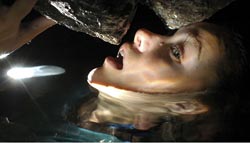 But first: parrrrr-TAY! Livin’ it up one night on the beach, our white folks are drugged and robbed of all their possessions. Seems they’ve stumbled into a conspiracy where vital organs are harvested without consent from stupid Americans. Ironically, your interest will have waned long before this point is reached, provided you had any left after the first scene.
But first: parrrrr-TAY! Livin’ it up one night on the beach, our white folks are drugged and robbed of all their possessions. Seems they’ve stumbled into a conspiracy where vital organs are harvested without consent from stupid Americans. Ironically, your interest will have waned long before this point is reached, provided you had any left after the first scene.
To the surprise of no one who’s seen Stockwell’s work before, Turistas boasts beautiful scenery and expert underwater photography — all wasted on one of the weakest horror films shat out by a major studio in the new millennium’s first decade. Looking pretty means nothing when your words bore others to tears. To borrow the movie’s own tagline, “Go home.” —Rod Lott


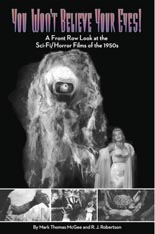

 Told via three “transmissions,”
Told via three “transmissions,” 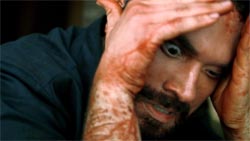
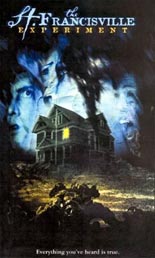
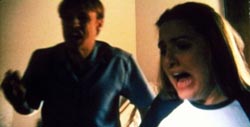
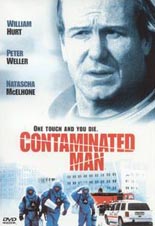
 Poor William Hurt. How does one go from being nominated for the Best Actor Oscar three years in a row to toplining a below-average virus thriller called
Poor William Hurt. How does one go from being nominated for the Best Actor Oscar three years in a row to toplining a below-average virus thriller called 